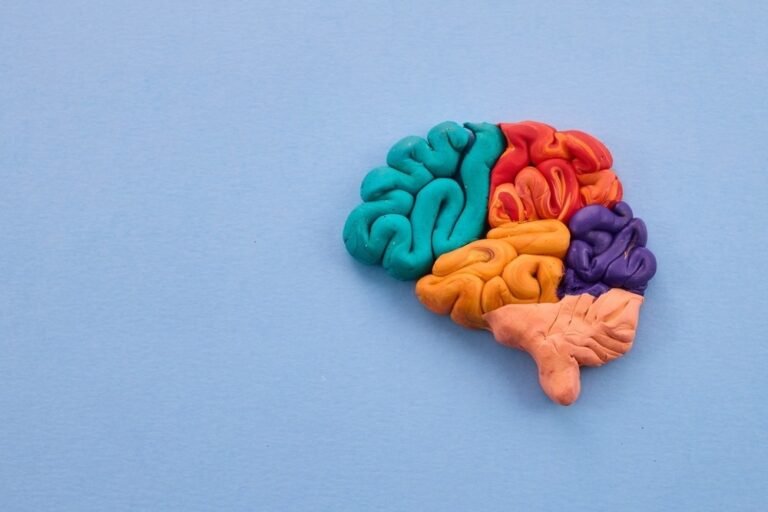The researchers tested 77 college students on a curiosity-driven exploration task.
In a recent study published in PLoS Computational Biologyresearchers investigated how curiosity-based behavior varies by individual characteristics, particularly autistic characteristics, and its impact on exploration success.
Their findings highlight how individual differences in autistic traits shape exploration styles, with implications for the potential for individualized approaches to improve learning processes.
Background
Curiosity-driven learning focuses on self-directed exploration, motivated by an intrinsic desire to learn rather than external rewards. People tend to explore environments where they expect to make more learning progress, disengage when progress is minimal.
However, exploratory behaviors vary considerably between individuals and may be related to personality traits such as autistic traits, risk-taking, and impulsivity.
Autistic traits, including insistence on sameness, are associated with unique learning patterns, such as lower adaptability to uncertain or noisy situations. Previous research suggests that those with higher autistic traits may exhibit less tolerance for prediction errors, affecting their exploratory behaviors.
About the study
In this study, researchers investigated how autistic traits affect curiosity-based exploration. Their first hypothesis was that individuals displaying higher autistic traits might emphasize reducing uncertainty and value small, steady learning progress. Alternatively, intolerance of uncertainty may lead individuals with high autistic traits to avoid situations with unpredictable outcomes.
The researchers recruited 77 participants who were either recent or current college students, of whom 70 continued in the study. The final participants were between 17 and 35 years old, with a mean age of 22.2. 14 identified as male, 51 as female, and 5 as non-binary.
Participants interacted with animal characters in a screen-based task, predicting each character’s next location based on probabilistic hiding patterns. The task included three settings (grassland, sea, and beach), each with four animals.
The task allowed participants to explore freely, with choices monitored in relation to their prediction errors, learning progress and novelty preferences. A hierarchical model assessed trial-by-trial learning progress, prediction errors, and exploratory choices. No instructions were given or prizes given if participants guessed correctly.
In addition, the researchers collected information on autistic traits through social behavior questionnaires designed for adults and, optionally, reports from the participants’ parents. The study focused on the persistence of sameness subscale, which assesses the need for predictability and avoidance of change. The researchers also looked at the broader impact that autistic traits may have on exploratory behaviors.
By analyzing how autistic traits influence learning choices, the study aims to improve understanding of how these traits influence curiosity-based exploration, which differs between individuals.
Findings
Four logistic models examined the effect of factors (prediction error, learning progress, novelty) on participants’ decisions to stay or leave. Autistic traits (especially “insistence on similarity”) and time on trials were analyzed for their effects.
Participants with less similarity persistence used the learning advance early, but later switched to the prediction error. However, participants with greater similarity persistence relied on learning progress later, but did not use either agent initially. Novelty did not significantly affect these decisions.
Similar trends were observed when self-reported data were considered as explanatory variables, but not all interactions (particularly time) reached statistical significance.
When investigating the links between exploratory decisions and autistic traits, the researchers found that participants with both high and low similarity persistence preferred novel options.
Based on reports by others, novelty affected both low and high persistence in the similarity groups, whereas the effects of prediction error and learning progress were not significant. Based on self-reports, the low persistence group preferred options with lower prediction errors, whereas the high persistence group preferred options with higher learning progress.
In terms of correlations with learning performance, greater similarity persistence was associated with improved performance on most masking patterns, except for one high-noise, unlearnable pattern. This interaction was significant with other-reports, but not for self-reports.
conclusions
The researchers examined how autistic traits influence curiosity-based learning behaviors using a task where participants chose when to stop sampling an environment and what to explore next. They applied computational modeling to analyze participants’ learning progress and prediction errors.
While participants with less similarity persistence relied more on learning progress to quit an environment early, they switched to using expected prediction error to quit activities if they expected poor performance.
Participants with greater similarity persistence showed greater persistence, relying less on learning progress initially, but gradually began to abandon activities only if learning progress declined. All participants preferred new options.
However, other autistic traits, such as reduced social interaction and empathy, may also affect exploration beyond insistence on similarity. The researchers emphasized the need for future research to explore the brain mechanisms and causal relationships between autistic traits and learning behaviors.
Journal Reference:
- Autistic traits encourage effective curiosity-driven exploration. Poli, F., Koolen, M., Velazquez-Vargas, CA, Ramos-Sanchez, J., Meyer, M., Mars, RB, Rommelse, N., Hunnius, S. PLoS Computational Biology (2024). doi: 10.1371/journal.pcbi.1012453
